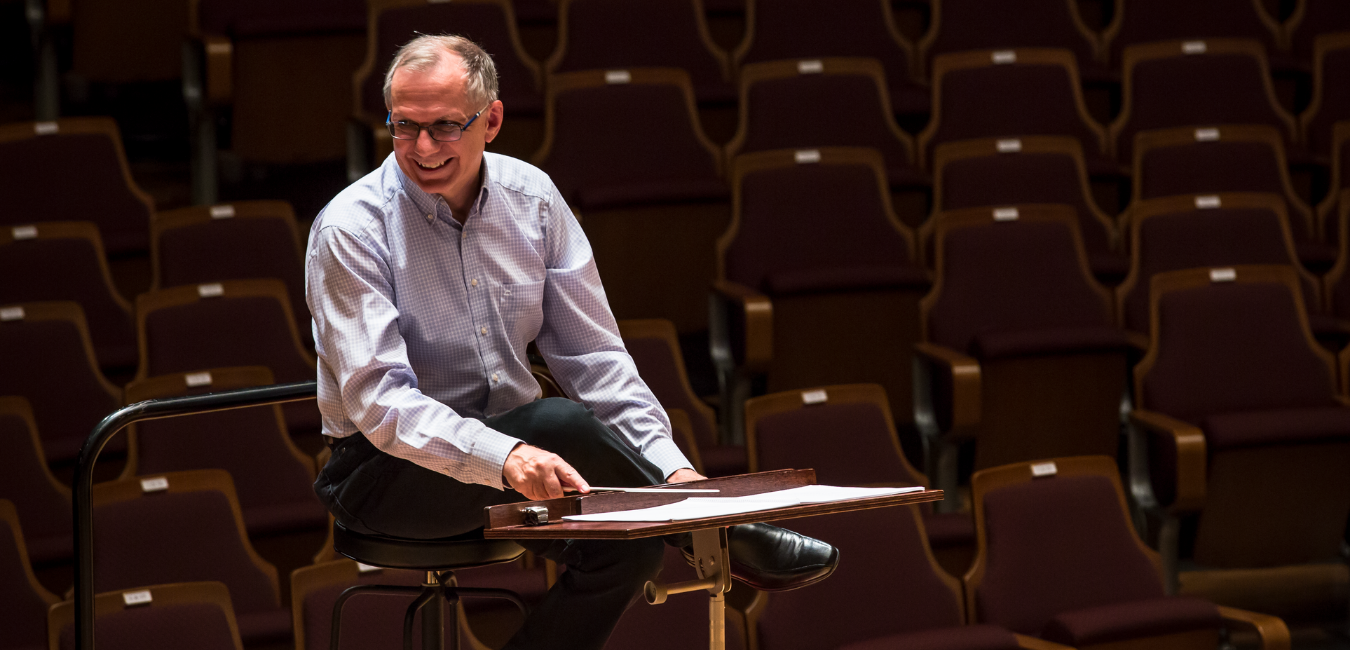
Concert Band
Bolero
by Maurice Ravel
Grade 5 | 15 Mins
Ravel's last ballet, Bolero, was written and premiered in 1928. It was commissioned by the dancer Ida Rubinstein, who had originally asked Ravel to make an orchestral transcription of six movements from Isaac Albéniz's piano suite, Iberia. While working on the transcription, Ravel was informed, much to his annoyance, that the movements had already been orchestrated by the Spanish conductor, Enrique Arbós. Ravel abandoned the project and initially decided instead to orchestrate some of his own piano pieces, before eventually opting to write a completely new work.
The idea for Bolero came to Ravel while on holiday in Saint-Jean-de-Luz in south-western France. He played the famous melody to his friend Gustave Samazeuilh, saying 'Don't you think this theme has an insistent quality? I'm going to try to repeat it a number of times without any development, gradually increasing the orchestra as best I can.' The original title was Fandango, but this was soon changed.
Bolero was a sensational success when it was premiered at the Paris Opéra on November 22, 1928, conducted by Walther Straram, with choreography by Bronislava Nijinska and designs by Alexandre Benois. The ballet is now rarely performed and, although Ravel thought that orchestras would refuse to play the work, it has since become his most popular piece in the concert hall.
Arranger’s Note
Bolero is perhaps unique as a piece of music in that, it could be argued, Ravel's brilliant orchestration is even more important that the work's repeated melodic, rhythmic and harmonic content; so I couldn't see the value in producing a simplified or 'cut down' version for wind band. I have therefore tried to be as faithful as possible to Ravel's score and all the original solo instruments have been included verbatim. Whilst correcting a few minor notational errors which exist in the published score, I have refrained from over-editing when, for example, there are inconsistencies in articulation from one phrase to the next. For example, the differences in articulation between the tenor sax. in bar 118 and the soprano sax. in bar 136 are as printed in the orchestral score.
The only changes I have made include:
1. The use of the more-common Eb sopranino saxophone at bar 131 (Ravel wrote for an instrument in F). This solo is, in any case, usually played on soprano saxophone in the orchestra and is therefore cued in that part in this arrangement.
2. Ravel's original score used two snare drums for the famous ostinato, though he later changed this to just one player throughout. I have used two players, simply for ease of performance, though, of course, the whole part could be allocated to one player.
